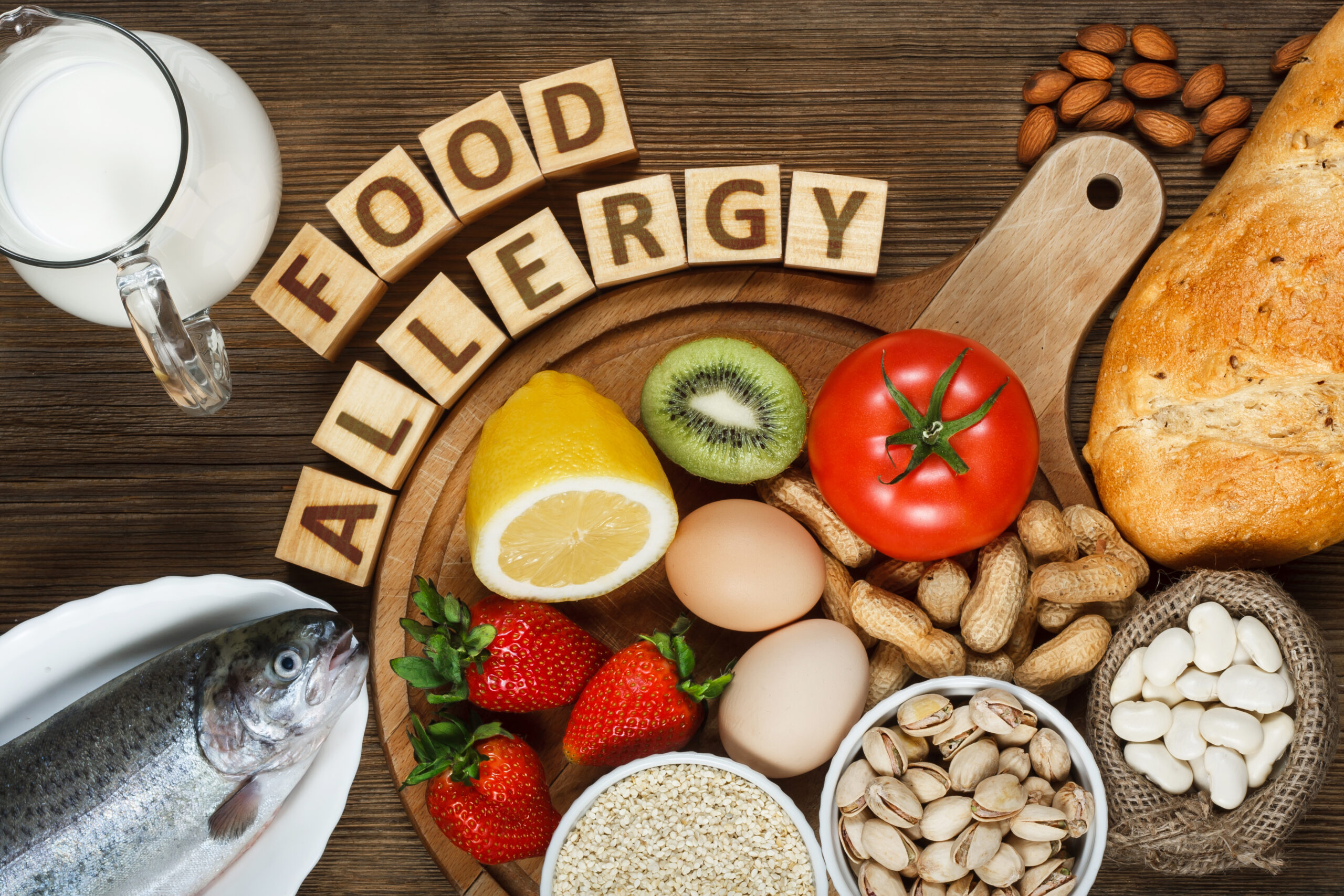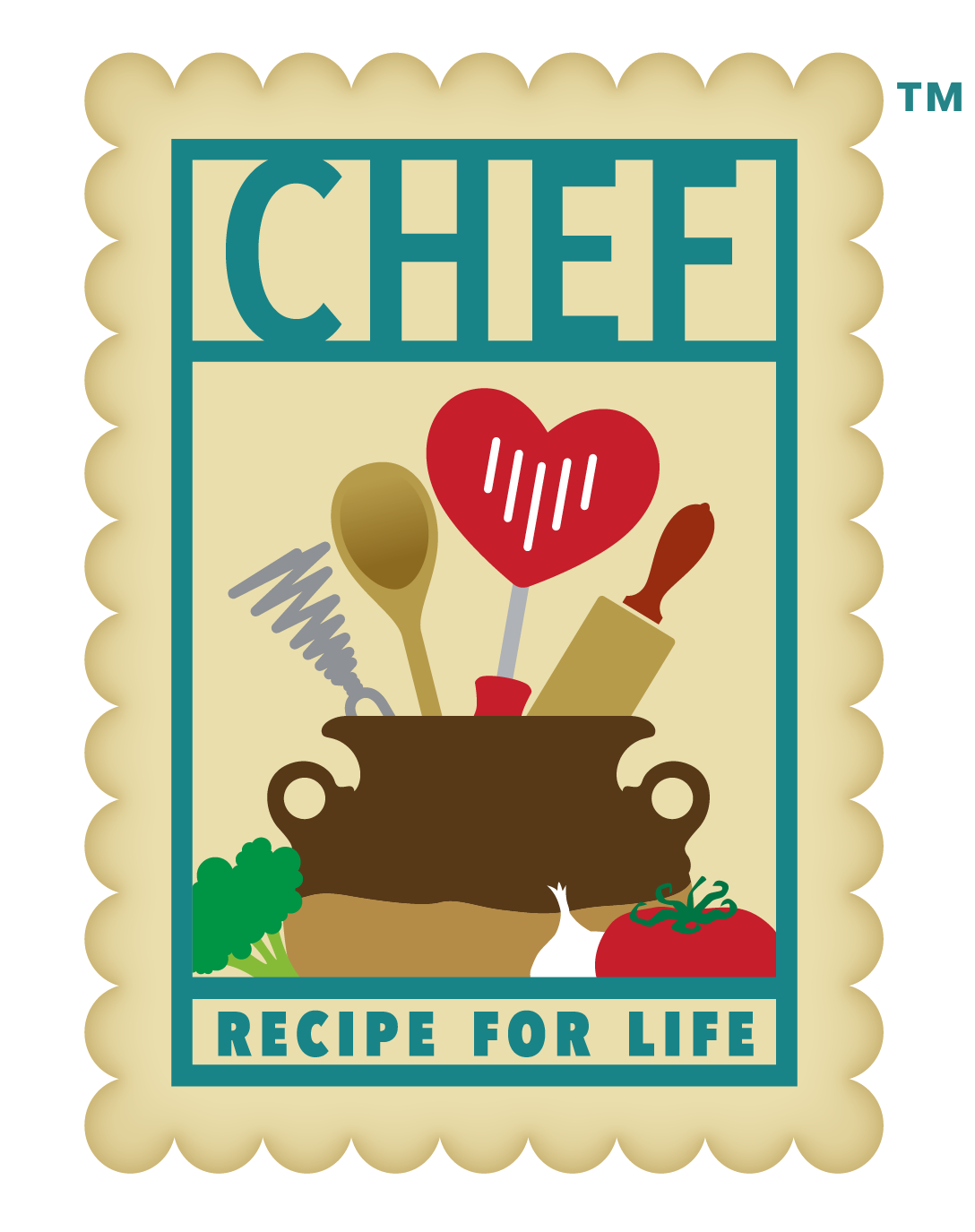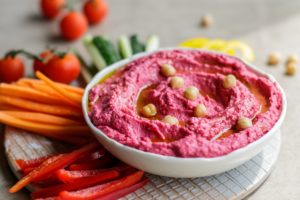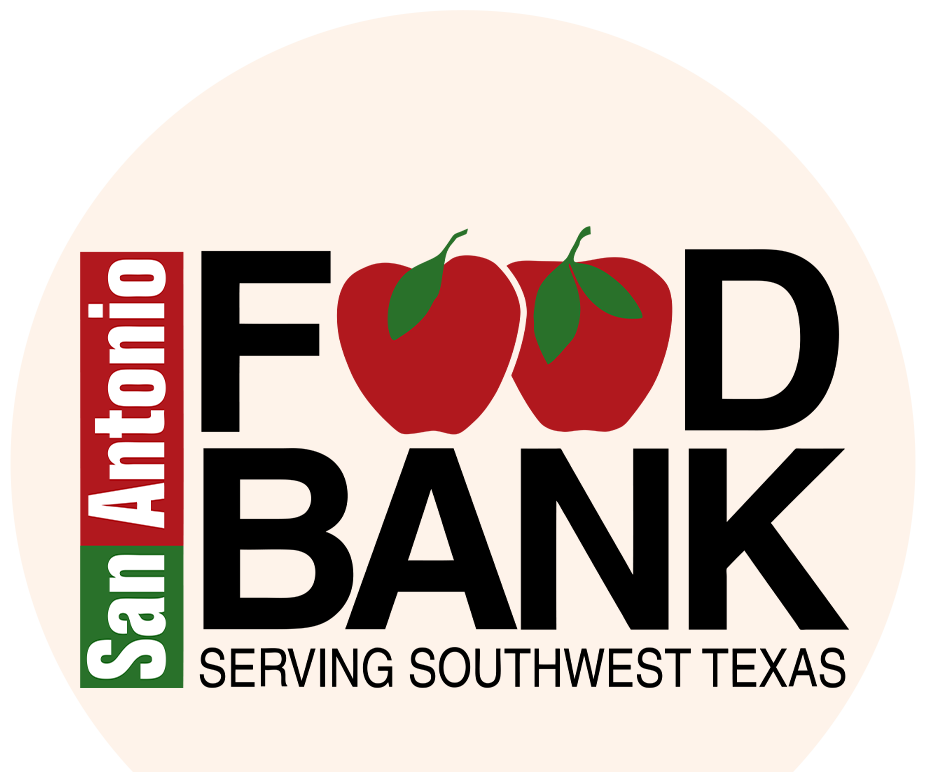Well-Child Care
9 Months Old
Navigating new foods with your infant can be an exciting and challenging time. It is a sign that your baby is growing up! As you continue to explore fresh foods, consider safely introducing the top 9 most common foods that cause allergic reactions. These foods include wheat, soy, milk, eggs, fish, shellfish, peanuts, tree nuts, and sesame seeds. Studies have shown that the early introduction of a food allergen can help the body tolerate and prevent food allergies. As always, introduce one new food at a time to determine if your child has a negative response and consult your healthcare team with additional questions. Registered Dietitian Anne Heine from CHRISTUS Children’s offers excellent advice in this section’s Caregiver’s Corner for ensuring your baby’s safety while managing food allergies.
Developmental Milestones
- Social & Emotional: Your baby will start to be more expressive in their facial emotions to show when they feel happy, sad, angry, or surprised.
- Language & Communication: Your baby will understand their name and respond to the person who calls them by looking at them or lifting their arms to be picked up.
- Learning & Thinking: At nine months old, your baby will look for objects when dropped out of sight, like a spoon or toy, to understand where they have gone.
- Movement & Physical Development: Your baby will also move objects from one hand to the other or “rake” food toward themself to work on their grasp and hand strength.
Nutrition Needs
Intolerances vs Allergies
Food intolerance is when your digestive system cannot break down a particular ingredient or type of food. Symptoms can include abdominal pain, diarrhea, gas and bloating, heartburn, or an upset stomach. People who experience food intolerances can sometimes have a small amount of that food before it causes them pain.
On the other hand, a food allergy is your immune system’s response to a specific allergen or protein in a food. This reaction can vary in severity and can sometimes change over time. Once diagnosed, the only way to protect against a food allergy is to avoid that food and any product made with that triggering ingredient. Mothers of exclusively breastfed infants may need to reevaluate their diet if their infants show signs of allergic reactions after feeding. One way to help prevent food allergies is through the early introduction to the top nine food allergens.
Allergic Reactions
Signs of an allergic reaction can vary from minor to severe.
-
- Minor symptoms include red, itchy skin, a runny nose, or watery eyes. These reactions can occur from a few minutes to 2 hours after eating a specific food. If you notice these symptoms with your baby, use a cool, wet towel to relieve itchy skin and runny noses, and contact your pediatrician to schedule a food allergy evaluation.
- Severe reactions are called anaphylaxis and can be life-threatening. Some symptoms of an anaphylaxis reaction include trouble breathing, hives or swelling, bloody stools, or rapid heartbeats. Anaphylaxis can start 5 to 30 minutes after eating a specific food and requires immediate medical attention. Call 9-1-1- or take your child to the nearest emergency room for immediate care.
The only way to treat a food allergy is to avoid the type of food causing a reaction. For more specific concerns, talk with your healthcare provider to develop a care plan if your baby reacts to certain foods or drinks.
Top 9 Food Allergens
As of 2004, the U.S. Food and Drug Administration (FDA) has identified the top foods that cause most allergic reactions within the U.S. Since then, the FDA has required all food products to include a disclosure statement that signifies each allergen. This statement is usually next to or immediately after the list of ingredients and says, “Contains wheat, soy, milk, eggs, fish, shellfish, peanuts, tree nuts, and/or sesame.” Sesame is the newest addition to the list of food allergens since it was recently added in April 2021. The next time you buy or prepare food for others, ask if they have any food allergies or dietary concerns. To promote food safety, it is always best to ask and check the list of ingredients for one of the nine most common food allergens.
Recommended Recipes

Family Engagement Activity
- Whether you want to learn more about food allergies, or your baby has been recently diagnosed with a food allergen, the Food Allergy Research and Education (FARE) website is a great place to start. FARE is a non-profit organization that educates the public on common food allergens, researches food allergies, and raises awareness for those with this/her/her disease.
- Download FARE’s Field Guide to read more about the top 9 food allergens, signs and symptoms of an allergic reaction, and ways to make your home safe for your child.
Caregiver's Corner
The Food Allergy Research & Education (FARE) organization states that about 1 in 13 children and 1 in 10 adults have food allergies within the U.S. Navigating food allergies can be tricky. Registered Dietitian Anne Heine from CHRISTUS Children’s offers tips on introducing new foods to your baby.
-
- Introduce a new food every 3-5 days and watch for any reactions to identify a food allergy quickly.
- The American Academy of Pediatrics does not recommend any particular order for introducing new foods but does encourage a slow introduction to all types of food.
- Introducing foods before four months old is not recommended and can be dangerous for your child.
- The most common allergens are milk and peanuts. Children often outgrow allergies to milk, soy, eggs, and wheat. Most reactions are to peanuts, tree nuts, fish, and shellfish.
Seek emergency care if your child has an allergic reaction. Always contact your pediatrician if you have additional concerns.





